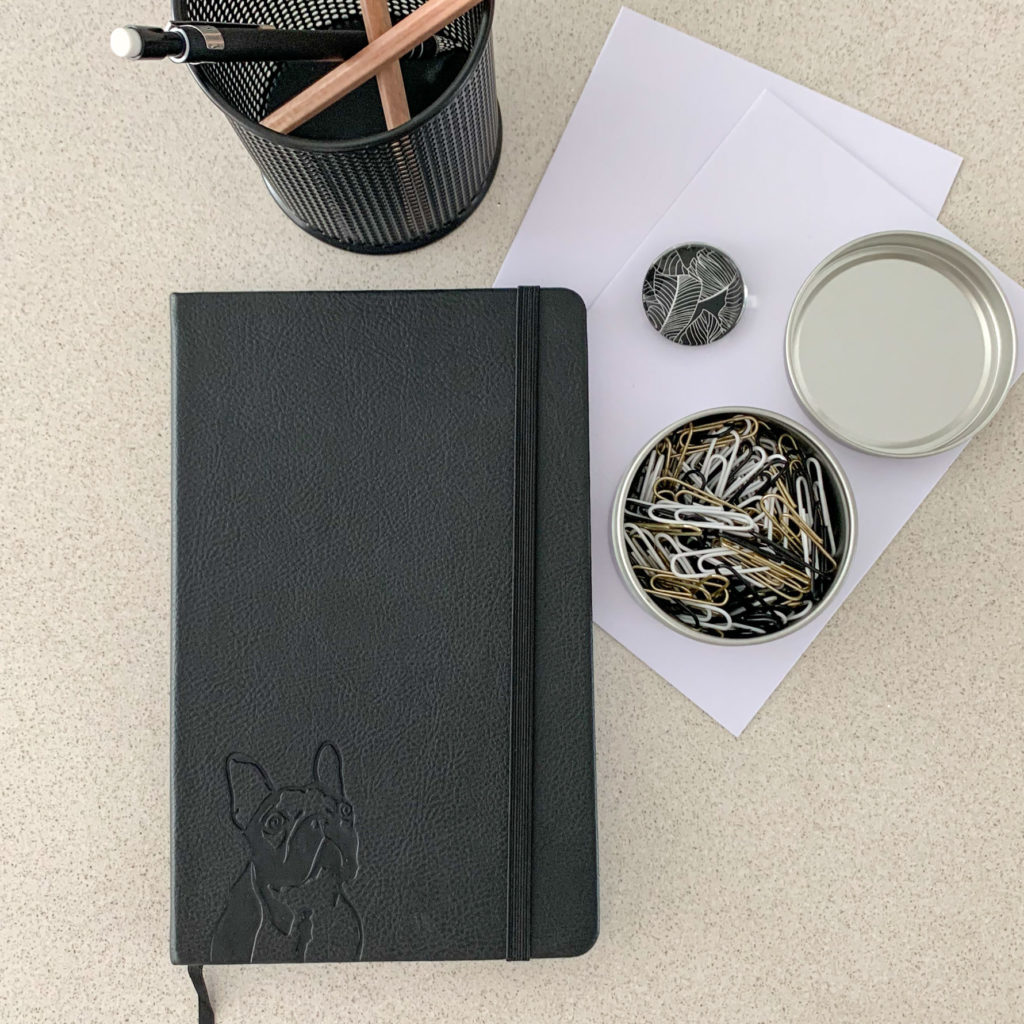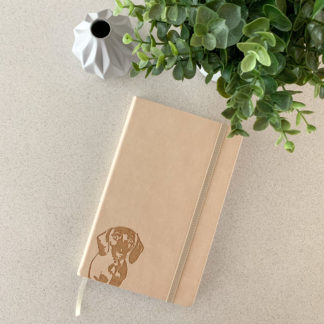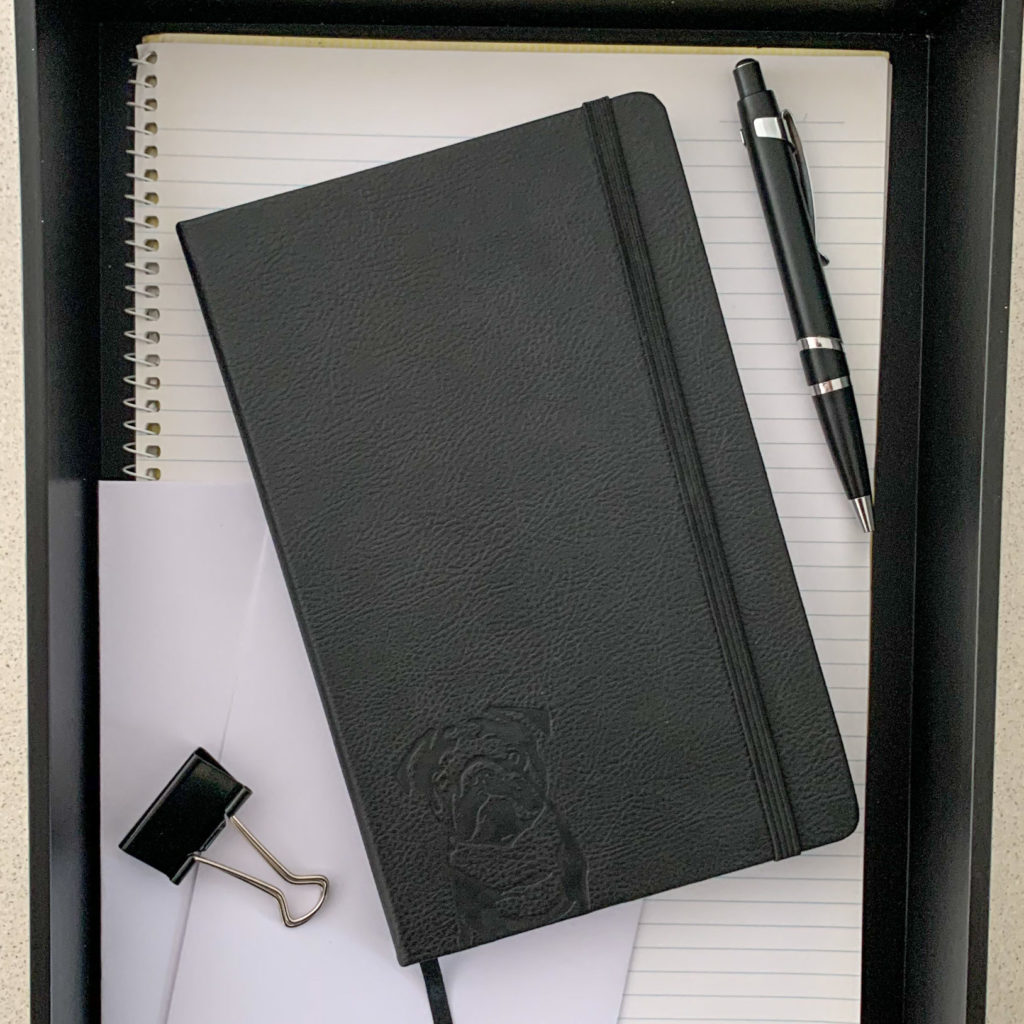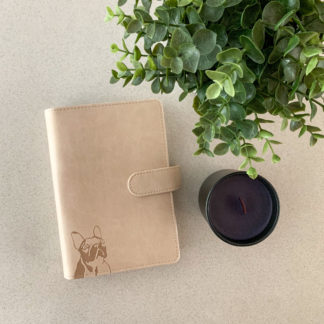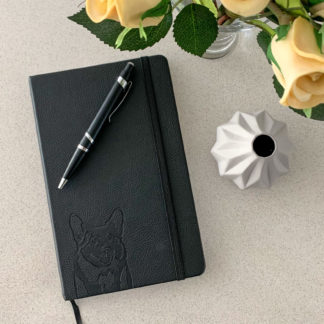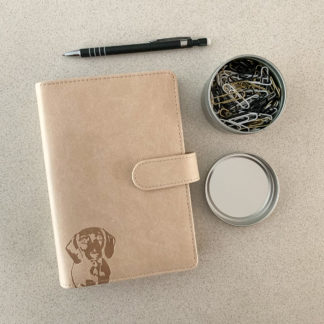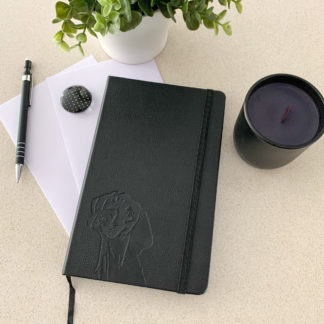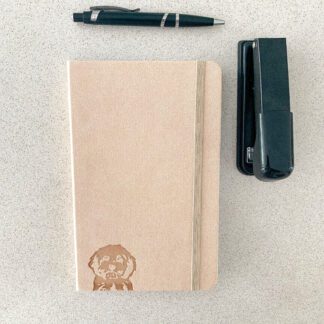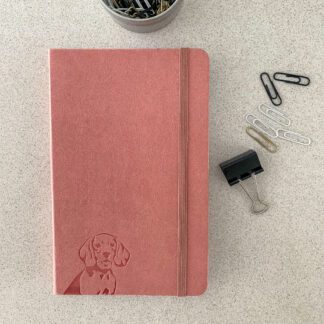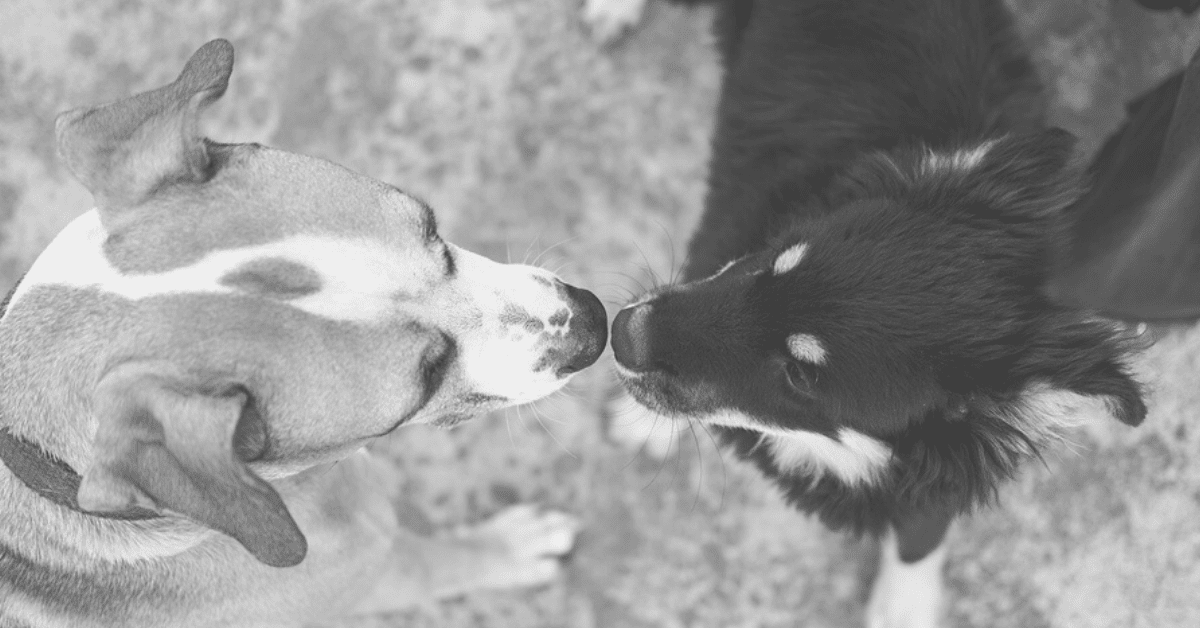
Note: This is a guest post written by Alex from Sure Puppy. Thanks, Alex!
Bringing home a second dog is a fun and exciting time. However, it also needs to be done with care to ensure a successful transition in the household.
The first few days of the transition are crucial to make sure you keep the peace in the family. Introducing a second dog changes the overall family dynamic, and truthfully not all dogs are looking for a canine sibling.
Even though your dog enjoys playing with others at the dog park or doggie daycare doesn’t mean they want to share the family, home, toys, and food with another dog.
However, with the proper steps, you can happily add a new pup to your family.
As dog parents, it is our job to ensure the first dog feels secure and not threatened by the new dog coming in; this is the first step to a positive relationship between the two dogs.
Outlined below are some tips to help introduce dogs and ensure the addition of a new canine family member goes smoothly.
The Initial Meeting
When introducing dogs, you should do so on neutral ground, preferably in a low energy-controlled setting. Depending on your resources and comfort level, some ideal locations include:
- The dog park
- Doggie daycare
- Fenced yard of a friend or family member (if they have a dog, they need to keep their dog inside)
- Sidewalk
The importance of the dogs meeting on neutral territory is to avoid resource guarding. When introducing dogs, it is best to use a barrier such as a fence. Try walking the two dogs side by side on a loose leash. You will want to avoid bringing them together on leash face to face since that can be threatening.
Your Behaviour
Your behavior, emotions, and mood affect the meeting as much if not more than the dog’s behaviour. So, those involved in the introduction must remain calm and relaxed.
During the introduction, it is important to use a cheerful yet calm voice. Using a high-pitched excited voice will cause the dogs to get excited too, and this is not a time to create a high energy environment.
Also, even though we have learned that positive reinforcement is synonymous with treats, it is best to leave food and toys out of this meeting, until you are sure they will not cause issues.
Keep an Eye on the Dogs at All Times
Once you feel the dogs are ready to meet face to face, allow them to do so off-leash but in a controlled environment. You will want enough space that they don’t feel cramped but small enough, so if something goes wrong, you are close enough to intervene.
If the dogs act uninterested in one another, don’t encourage them to interact. Dogs often practice avoidance when unsure of a situation. Avoidance is okay and is their way of coping. Forcing the dogs together can create a poor outcome.
Over the first few weeks, it is essential to keep an eye on the two dogs to ensure the interaction is positive and unwanted behaviours do not arise.
Preparing The House
Before bringing another dog home, put any toys or bones away. These items can cause resource guarding behaviour, so keep them out of the picture until you are confident there won’t be any issues.
Before mealtimes, separate the two dogs and feed them in different areas until you know they are both comfortable eating in the same area.
When You Are Away
Until you are 100% positive your dogs will get along; you should keep them separated in your absence, including bedtime. Plus, it is always best to keep the new dog crated until they are housebroken, and you know they will not destroy the house.
The Honeymoon Period
There is always the honeymoon stage in any relationship, and that includes bringing home a new dog. For rescue dogs, it can take up to six months or more before a dog feels relaxed in their new environment. Some dogs find their place quickly, whereas others take some time, but you will know when your new dog is comfortable since this is when they will start to test boundaries.
When a dog tests the boundaries, it isn’t always just with the humans in the household. If the new dog is more dominant, they may consider challenging the first dog, which is normal but can lead to issues. If this happens, it is best to seek professional assistance before things get out of hand.
Contact your vet for assistance. They may want to see the dogs to ensure there aren’t underlying health issues before recommending behavior modification methods.
Conclusion
Most of the time, introducing a new dog into a family goes smoothly and takes very little time to transition. However, it is always best to go slow and be safe. If you have any concerns about introducing a new dog into the home, check with your vet or local dog trainer for assistance.
Having a multi-dog household has several benefits for both you and your dog since it provides additional companionship for everyone.
About the author:
Alex started the dog care site Sure Puppy. Learn more about whether dog whistles are inhumane in one of his most popular articles.
From Our Store
-
French Bulldog Coffee Table Book – The Book of Frenchies
From: EUR €33.53 Add to cart -
Dachshund Coffee Table Book – The Book of Dachshunds
From: EUR €33.53 Add to cart -
Pug Coffee Table Book – The Book of Pugs
EUR €33.53 Add to cart -
French Bulldog Notebook – A5, Hardcover, PU Leather, 100gsm Lined Pages, Bookmark (Three Colours)
EUR €19.56 Select options -
Dachshund Notebook – A5, Hardcover, PU Leather, 100gsm Lined Pages, Bookmark (Three Colours)
EUR €19.56 Select options -
Pug Notebook – A5, Hardcover, Black PU Leather, 100gsm Lined Pages, Bookmark (Three Colours)
EUR €19.56 Select options -
French Bulldog Planner – PU Leather Exterior, Metal Loose Leaf Ring Binder, 100gsm Paper (Two Colours)
EUR €36.33 Select options -
Corgi Notebook – A5, Hardcover, Black PU Leather, 100gsm Lined Pages, Bookmark (Three Colours)
EUR €19.56 Select options -
Dachshund Planner – PU Leather Exterior, Metal Loose Leaf Ring Binder, 100gsm Paper (Two Colours)
EUR €36.33 Select options -
Vizsla/Weimaraner Notebook – A5, Hardcover, PU Leather, 100gsm Lined Pages, Bookmark (Three Colours)
EUR €19.56 Select options -
Cavoodle Notebook – A5, Hardcover, Black PU Leather, 100gsm Lined Pages, Bookmark (Three Colours)
EUR €19.56 Select options -
Beagle Notebook – A5, Hardcover, PU Leather, 100gsm Lined Pages, Bookmark (Three Colours)
EUR €19.56 Select options




